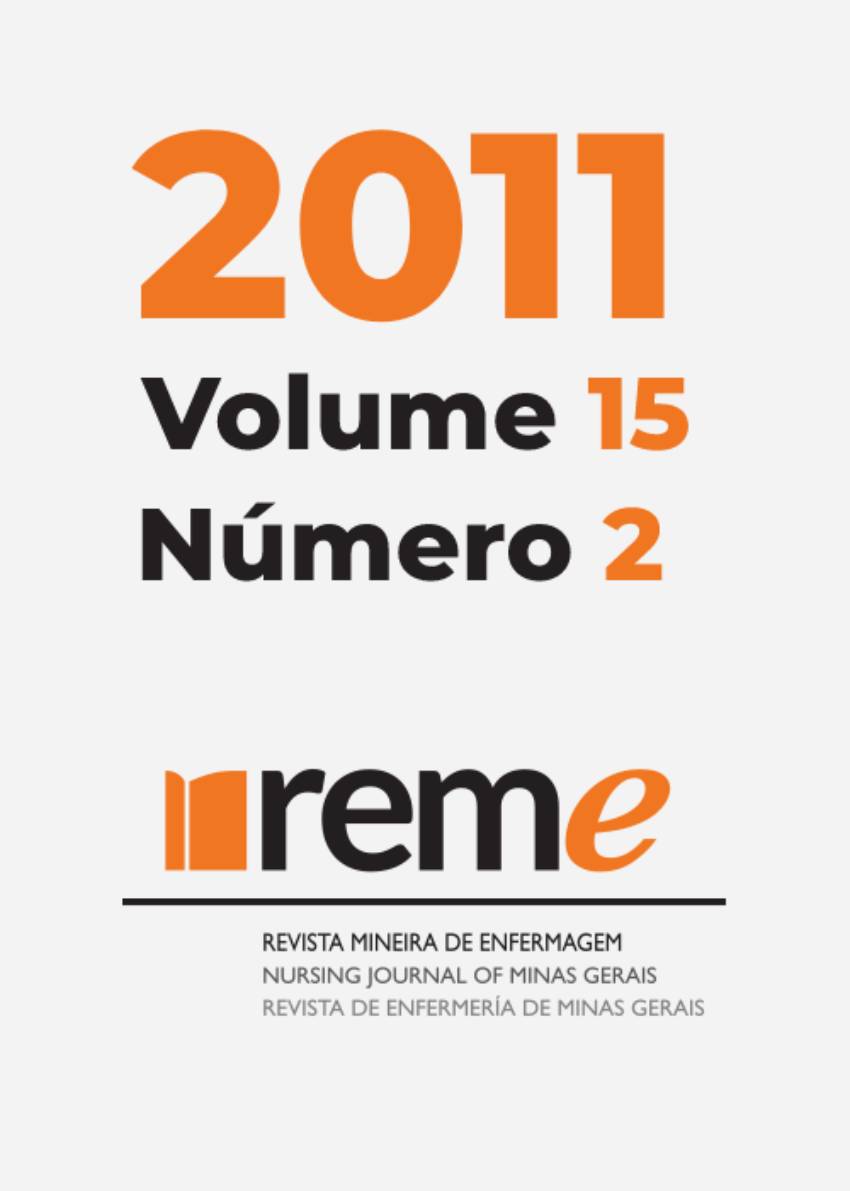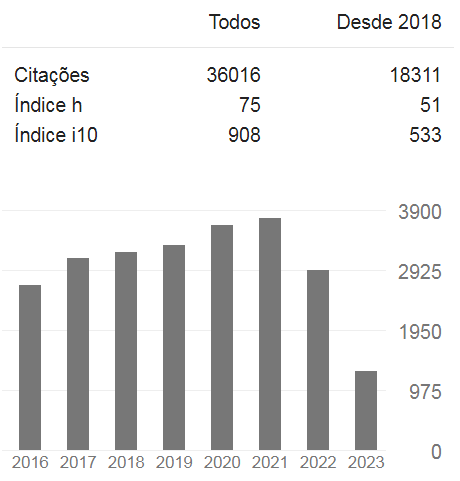Nursing students'contraceptve practices: reproductive and sexual aspects
DOI:
https://doi.org/10.35699/reme.v15i2.50397Keywords:
Contraception, Nursing Students, Sexual and Reproductive HealthAbstract
Even though it is a common practice amongst young people to postpone starting a family, unplanned pregnancies and sexually transmitted diseases occur regularly. This study aims to identify the nursing students 'contraceptive practices, their vulnerability to STD/HIV/AIDS, to investigate the incidence of unwanted pregnancies as well as the students'view on parenthood. This research isa cross-sectional survey conducted from October 2008 to March 2009 with 164 5th and 3rd year students of two public universities in the State of Ceará. The survey revealed that 126 (76.8%) led an active sexual life; 50 (69.4%) were preparing them selves for their first sexual intercourse; 98 (77.8%) had no regrets concerning their first sexual experience; and 94 (74.6%) used condoms in the first sexual intercourse. The hormonal contraception was used by 35 (39.3%) whilst 33 (37.1%) preferred the use of condoms. Regarding parenthood 107 (67.3%), when in their late 20's, planned to have 2 children. Economic stability - to 101 students (62%) - and professional success - to 61 (37.8%) - influenced such choices. It is relevant to continue and/or to extend the debate on family planning in the university milieu to better inform the academic community about healthy sexual behaviour.Downloads
Published
2011-06-01
Issue
Section
Research
How to Cite
1.
Nursing students’contraceptve practices: reproductive and sexual aspects. REME Rev Min Enferm. [Internet]. 2011 Jun. 1 [cited 2025 Oct. 9];15(2). Available from: https://periodicos-des.cecom.ufmg.br/index.php/reme/article/view/50397






































